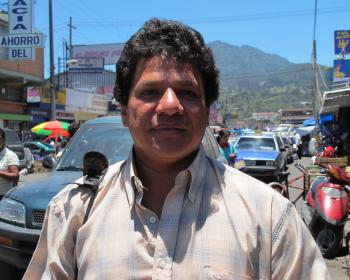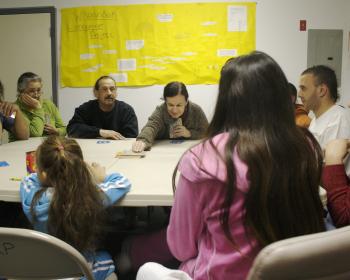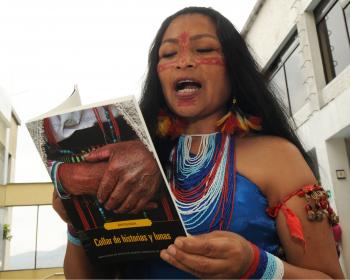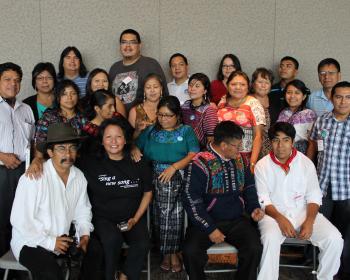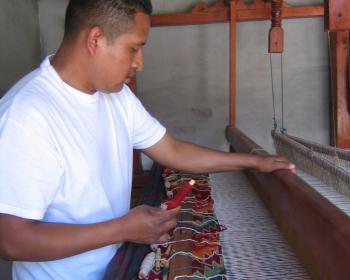More than two years had passed since Cultural Survival last visited the Arapaho Language Lodge immersion classrooms in Ethete and Arapahoe, Wyoming, and program manager Jennifer Weston was eager to meet with elder fluent speakers, tribal leaders, educators, and youth on the vast 3.2 million acre reservation in west central Wyoming held in common by the Shoshone and Northern Arapaho Tribes.
